In 2025, the world of illustration is undergoing a revolution - one powered by artificial intelligence. From Ghibli-style illustration trends flooding social media to the increasing use of AI in the tattoo industry, illustration styles are evolving faster than ever. What was once solely the domain of skilled human hands is now being reimagined by machine learning models capable of generating stunning visuals in seconds.
Rather than replacing illustrators, AI is expanding the toolkit of artists, designers, and even tattoo artists, introducing new ones to explore creativity and streamline their creative processes.
But with this progress comes a range of challenges and ethical concerns. Let’s dive into how AI is impacting illustration styles, the future of human artistry, and what it means for the industries that rely on illustration art styles, including tattoos and animation.
AI is Continuing To Influence The Illustration World
AI-powered tools like Midjourney, DALL-E, and Stable Diffusion have now become household names. These platforms allow anyone, from professional designers to hobbyists, to create hyper-realistic or stylistically unique images from text prompts. Want a portrait of your dog in an illustrative tattoo style? Or a cityscape in a vintage style illustration. You can generate either within seconds.
The transition of creativity has triggered both excitement and anxiety in artistic circles. On one hand, it opens doors for experimentation and personalization. On the other hand, it raises concerns about originality, copyright, and the future of professional illustration careers.
A report from 2025 revealed that over 60 million people used AI to create music or visuals in 2024 alone. With the AI-powered design tools market projected to grow from $5.54 billion in 2024 to over $40 billion by 2034, it’s clear this technology is reshaping visual culture.
What Illustration Styles Are Trendy These Days?
AI doesn't just generate generic artwork. It adapts to a wide variety of illustration styles - from classic realism to abstract expressionism, and now more than ever, highly personalized formats. The technology can mimic everything from hand-drawn ink aesthetics to digital watercolor effects, making it a versatile assistant across industries.
For example, tools like Adobe’s AI-powered Fresco can assist illustrators by handling repetitive tasks like texture generation and palette selection, freeing artists to focus on concept and composition.
More importantly, AI lets artists test different illustration art styles instantly. You can try dozens of concepts and layouts without ever picking up a pencil, which speeds up the process from brainstorming to the final product.
The Ghibli-Style Illustration Boom
One of the most notable trends in 2025 is the explosion of Ghibli-style illustrations, thanks to a new feature in ChatGPT-4o that lets users transform their personal photos into scenes inspired by Studio Ghibli’s aesthetic.
Overnight, the internet became a Ghibli-inspired playground. People recreated family portraits, historical events, and popular memes in the soft, painterly, and nostalgic tones made famous by Hayao Miyazaki. Even OpenAI’s CEO Sam Altman, jumped on the trend, updating his profile picture with a Ghibli-style rendering.
But not everyone is celebrating.
Studio Ghibli fans and many traditional artists voiced discomfort, saying the mass production of AI-generated Ghibli images contradicts the studio’s ethos. Miyazaki himself once called AI-generated art “an insult to life itself”. Critics argue that reducing such a deeply human, hand-drawn art form to a prompt-driven novelty undermines the craftsmanship and emotional depth that defines Studio Ghibli’s legacy.
This debate touched on a broader concern: when AI imitates human art styles, does it honor or exploit them?
Will AI Replace Illustrators?
The short answer: not entirely.
AI is certainly changing how visual content is produced, but it isn’t eliminating the need for human illustrators, especially those with strong conceptual thinking and storytelling abilities. As noted by Shi et al. (2023), AI is augmenting, not replacing, the creative process. A recent study estimated that up to 39% of visual communication tasks could be automated by 2045, but the core emotional and cultural aspects of illustrations remain human-driven.
In fact, illustrators who embrace AI as a tool, rather than fear it as a threat, are finding new opportunities. Hybrid workflows that combine AI speed with human nuance are becoming the norm in industries like publishing, game design, and advertising.
That said, differentiating oneself with AI alone will become increasingly difficult. As prompt-calling becomes more standardized, what will matter the most is an illustrator’s artistic voice and sensibility - traits no algorithm can replicate.
AI’s Impact on the Tattoo Industry: A New Ink Frontier
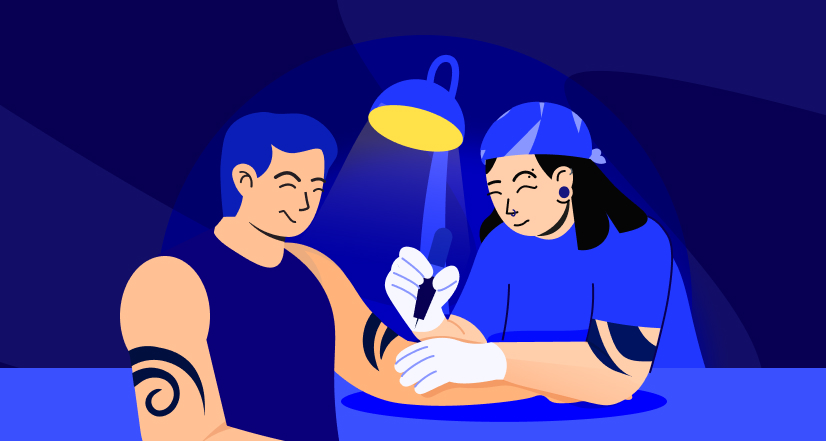
The tattoo industry is another space where AI-generated illustration staples are making waves.
A report by Tattooing101 points out that artists are using AI to experiment with illustrative tattoo style concepts before committing to ink. Clients can visualize full sleeve designs in styles like neo-traditional, blackwork, or watercolor, helping ensure satisfaction and clarity before the needle hits skin.
AI also opens doors for tattoo artists who struggle with digital art tools. With the right prompt, even a novice can create a template in a popular illustration style and then work with a professional to adapt it to skin.
However, this innovation isn’t without controversy. Many artists are worried about mass-market design, loss of artistic identity, and the ethical concerns of using AI models trained on human-created flash art without permission.
In the same way that Studio Ghibli fans feel protective over their beloved style, tattooists argue that their work is a personal craft, honed over the years. AI-generated designs might be “cool”, but they risk cheapening the meaning of custom body art, especially if clients choose generic, mass-generated pieces over bespoke design.
Still, many in the industry believe that AI will never replace the skill of hand-drawn tattooing. Like with digital illustration, the future lies in collaboration, not competition.
The Legal and Ethical Crossroads Associated With Illustration
As AI image generation becomes more common, copyright-related disputes are also on the rise. From lawsuits against Midjourney for using unlicensed training data to artists protesting auctions of AI art based on their styles, the industry is in flux.
Who owns an AI-generated image? The user? The platform? What was the data source it was trained on?
Legal systems around the world are struggling to catch up. Until clearer frameworks are established, illustrators, designers, and tattooists alike must remain vigilant and vocal, advocating for transparency, consent, and fair compensation.
Illustration Styles in 2025: Blending Tech and Touch
Illustration in 2025 is not about human vs. machine - it’s about the blend of both.
We are entering a new phase where AI-generated illustration styles will live alongside hand-drawn art, not in opposition to it. Whether it’s crafting a Ghibli-style illustration for a greeting card or using AI to ideate an illustrative tattoo sleeve, the future is hybrid.
Companies will divide into two camps: those that fully embrace AI-driven workflows and those that stay committed to traditional artists. Both will coexist, and both will have their audience.
The key for illustrators? Adapt without compromising your artistic integrity. Use AI to elevate your work, not dilute it.
Illustrators Are In Luck Because of This AI Uplift
We’re already seeing the creative ecosystem expand rapidly, and AI is now capable of generating text, images, and even video in a unified workflow.
This means illustrators can work across formats, from static art to animated clips, storyboards, and immersive AR/VR experiences. The tools are smarter, faster, and more accessible. However, success in this new era will depend on authenticity, ethical practices, and the ability to adapt without losing one's voice.
And yes - maybe a little Ghibli magic.
Where is this New Trend Headed Now?
AI is not the death of illustration - it’s the evolution of it. Illustration styles are branching in more directions than ever before, from nostalgic Ghibli-inspired landscapes to cutting-edge tattoo concepts shaped by machine learning.
For artists who embrace the change, AI offers the chance to experiment, grow, and reach new audiences. But the heart of illustration - emotion, storytelling, humanity - still belongs to the human hand.
In the end, a tool is only as powerful as the mind that wields it. And in 2025, the most powerful illustrators will be those who know how to blend imagination with innovation. In fact there are digital agencies that can help you do just that - seamlessly marry natural-born skill with AI to create powerful media that tells your brand's story.
Frontmatter is on a mission to find ways to create brand art that does not let AI clobber natural talent. In fact, it encourages its illustrators and designers to embrace AI rather than fear it. If this is exactly what you want, or something you want to understand, then shoot us a quick message and let’s illustrate your brand’s new look.
Costs less than agencies.
.svg)

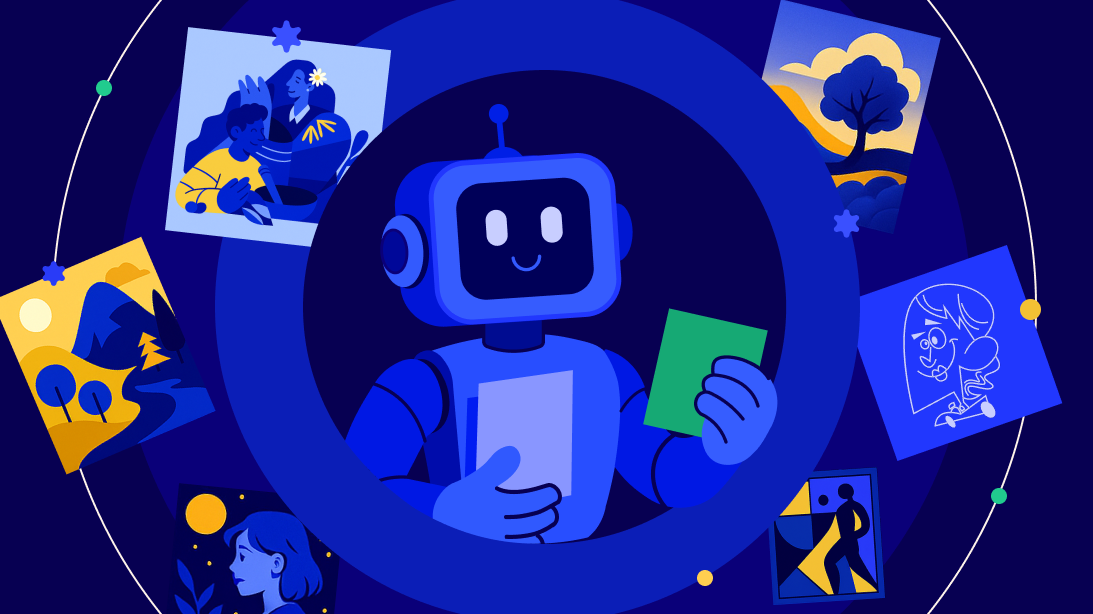
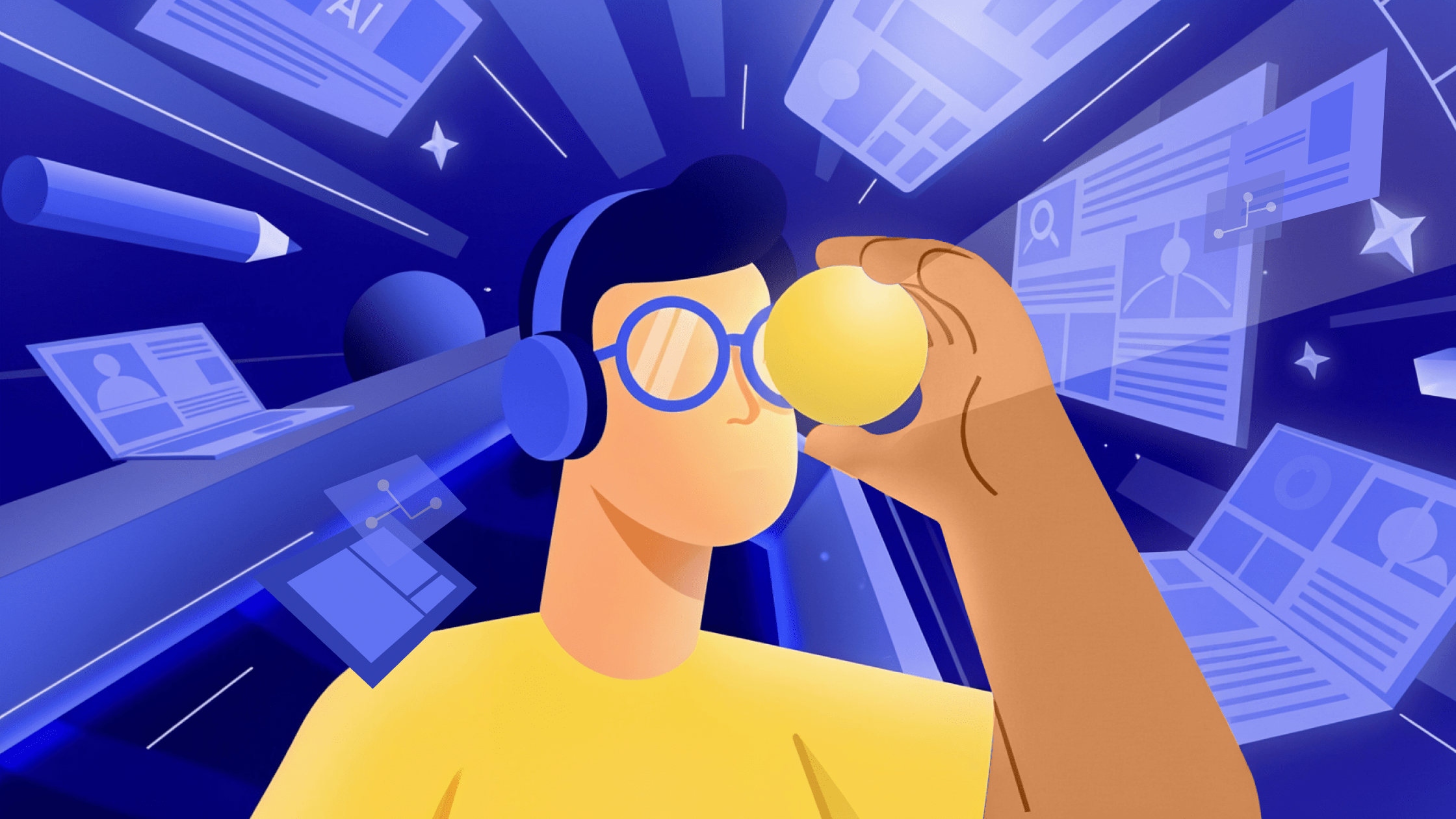
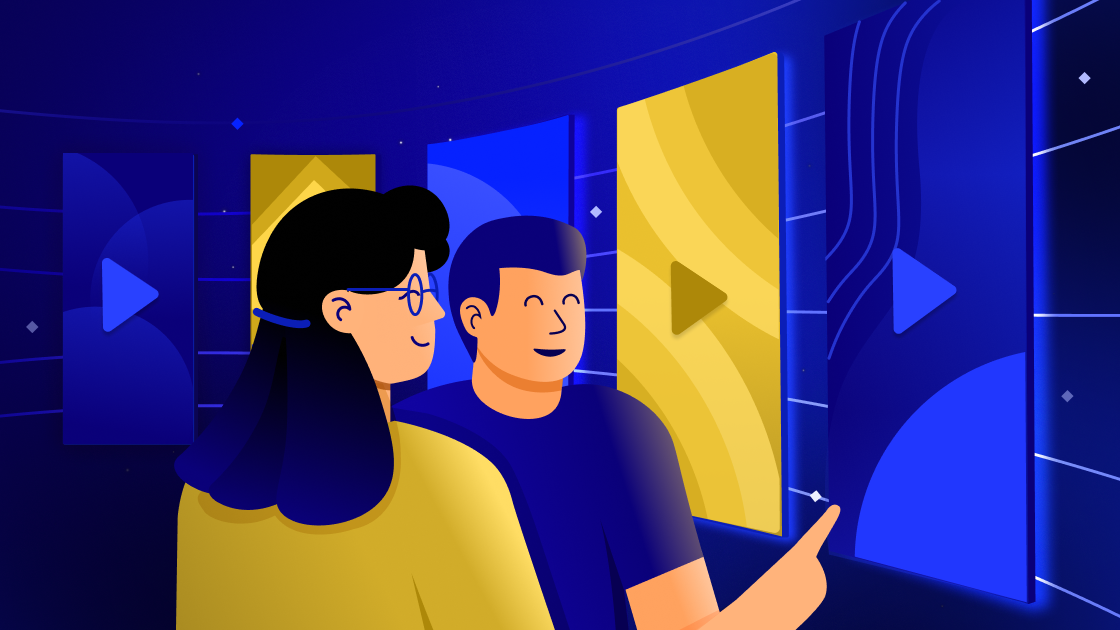
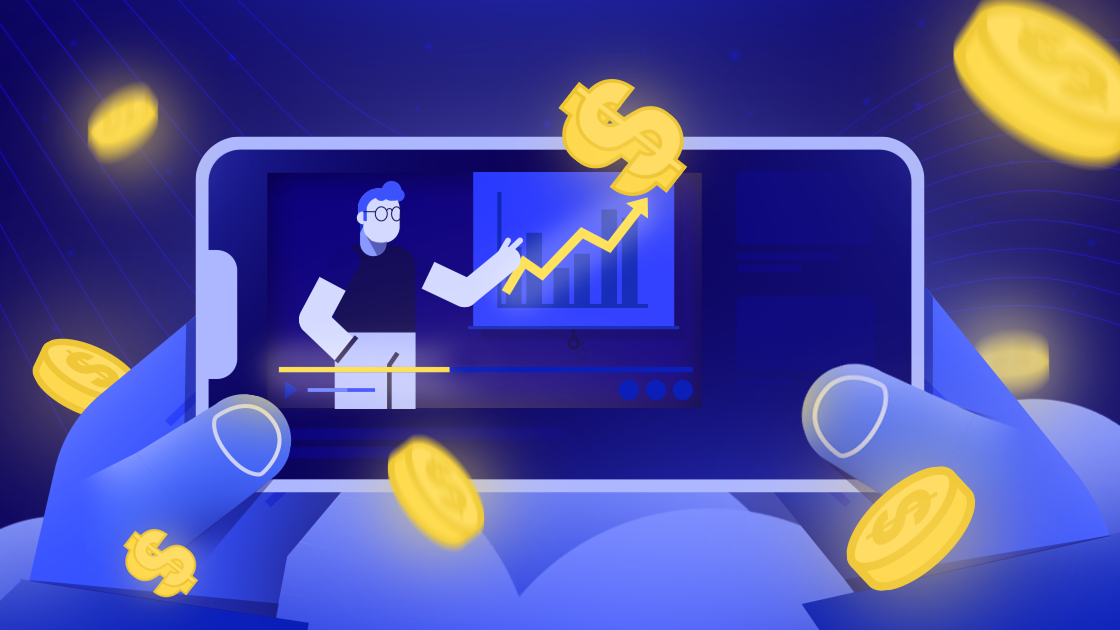

.svg)

